Australia’s coastline stretches over 16,000 miles, creating a perfect environment for hidden island paradises that remain largely untouched by mainstream tourism. These secluded gems offer pristine beaches, unique wildlife encounters, and authentic experiences far from the crowds at popular destinations.
Australian islands come in all shapes and sizes, from tiny, uninhabited specks to larger hideaways with small communities living harmoniously with nature. Here is a list of 20 secret Australian islands that locals prefer to keep to themselves.
Lord Howe Island
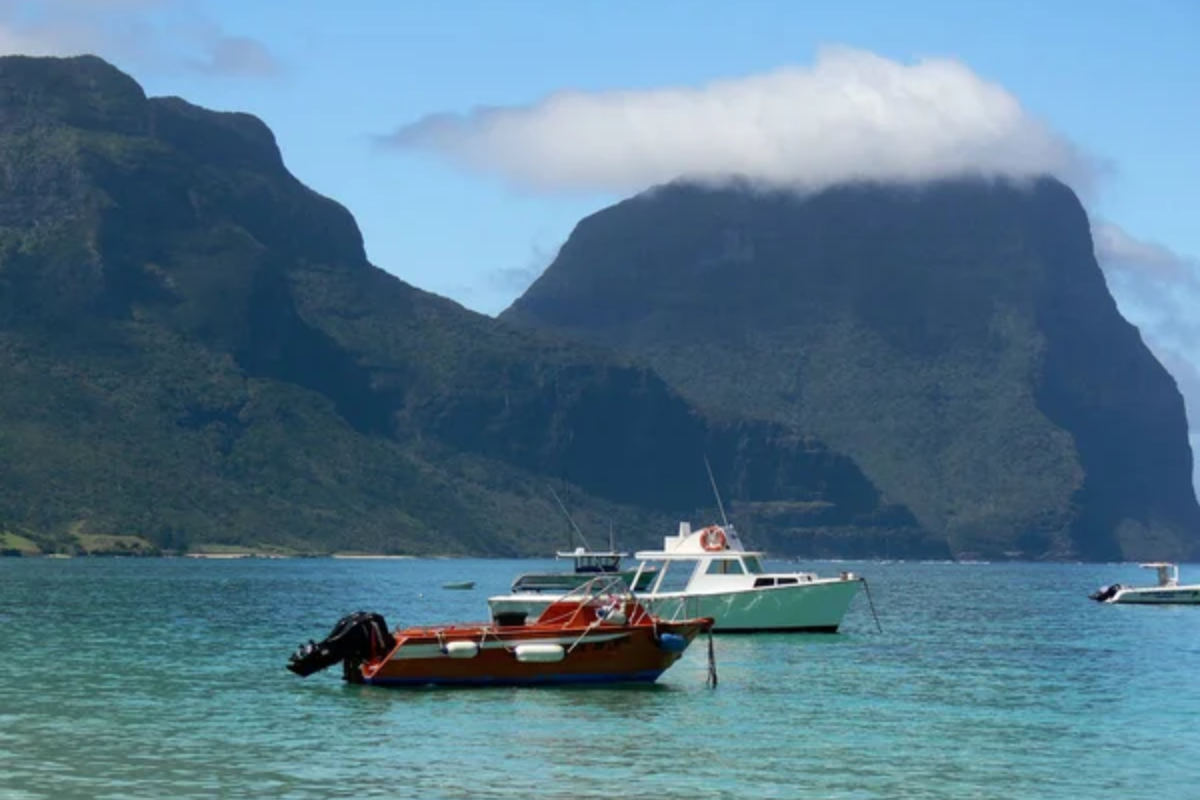
Lord Howe Island sits approximately 435 miles northeast of Sydney, with only 400 visitors at any time to preserve its delicate ecosystem. The island boasts two towering mountain peaks, crystal-clear lagoons, and the world’s southernmost coral reef system.
Residents are fiercely protective of their paradise, having successfully maintained the island’s pristine condition through strict environmental regulations.
Magnetic Island
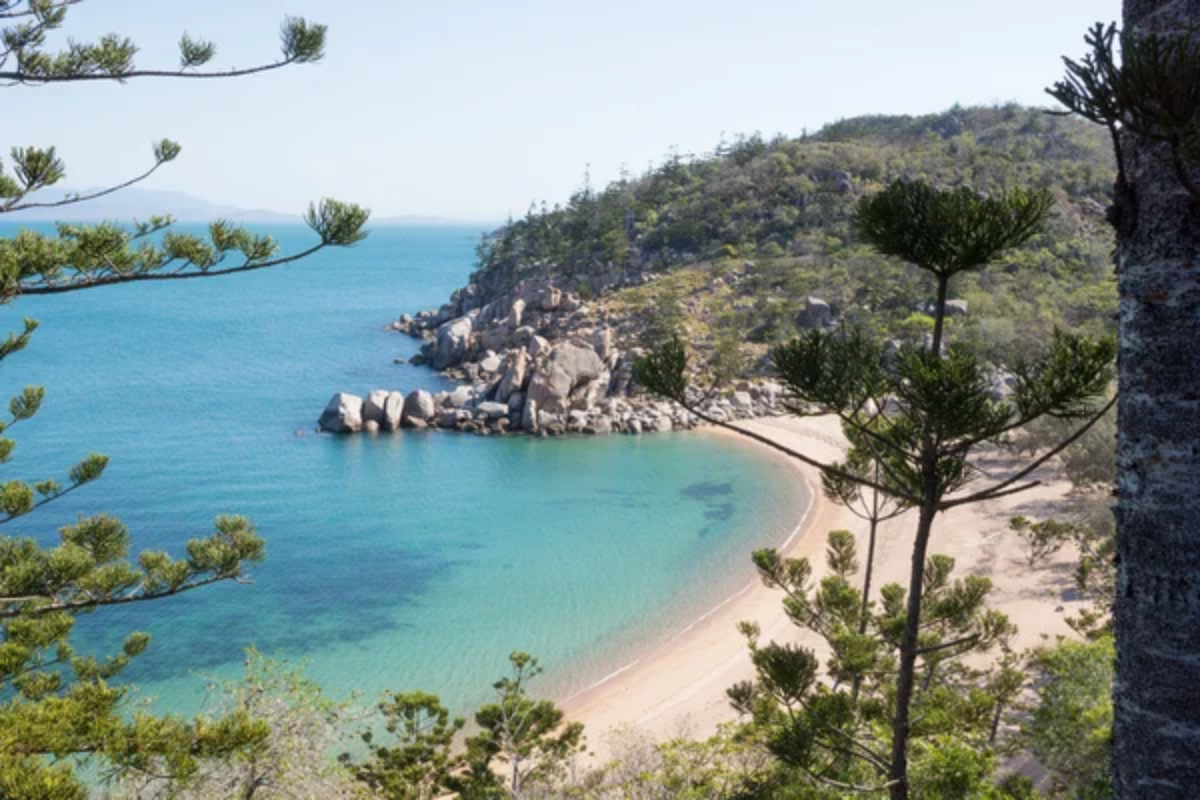
Magnetic Island is located just 5 miles offshore from Townsville in North Queensland. Captain Cook named it because he believed it affected his compass readings. The island features 23 beaches and bays, many accessible only by boat or hiking trails through koala-filled eucalyptus forests.
Unlike the more commercialized Whitsundays nearby, Maggie maintains its laid-back atmosphere with a small permanent population that appreciates the island’s natural charm.
Like Travel Pug’s content? Follow us on MSN.
Bruny Island
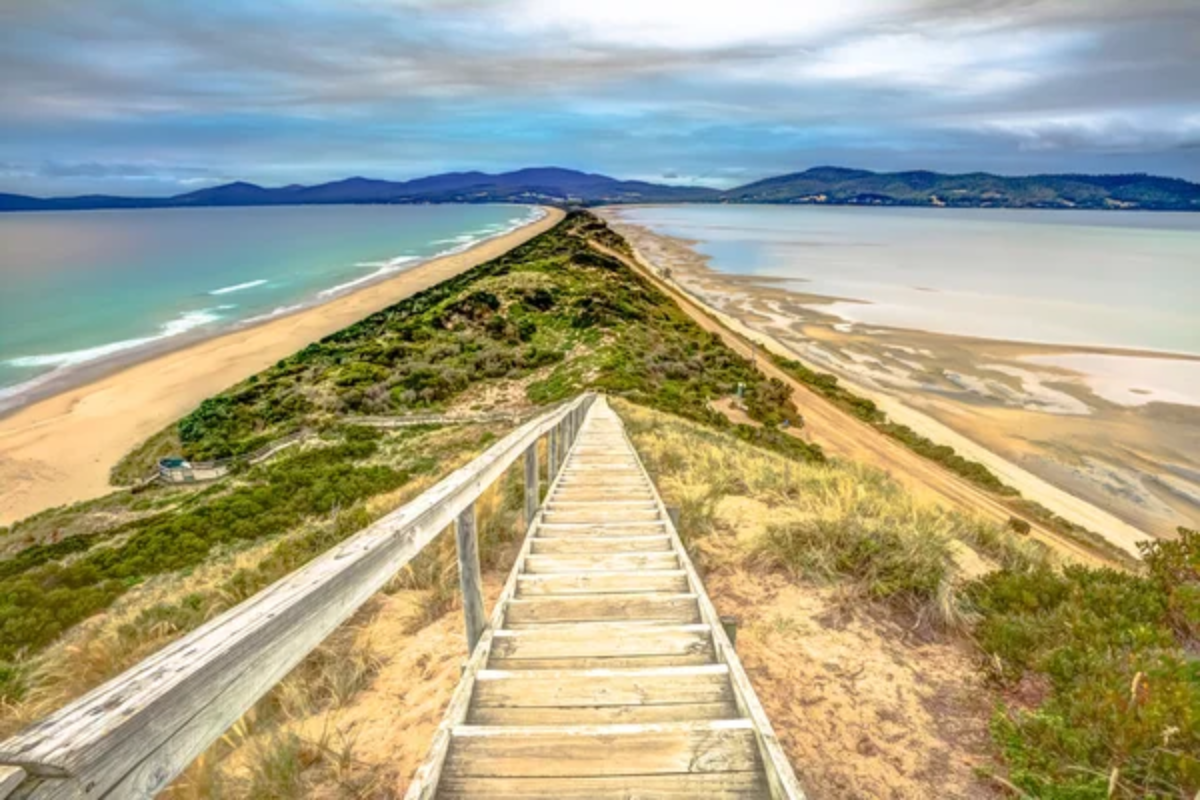
Bruny Island sits a short ferry ride from Tasmania’s mainland but feels worlds apart from even Australia’s most remote state. The island is two landmasses connected by a narrow sandy isthmus known locally as ‘The Neck,’ which provides stunning panoramic views.
Locals visit the island’s artisanal food producers, including an award-winning cheese factory, oyster farm, and whiskey distillery that utilize the pristine surrounding waters and land.
Kangaroo Island
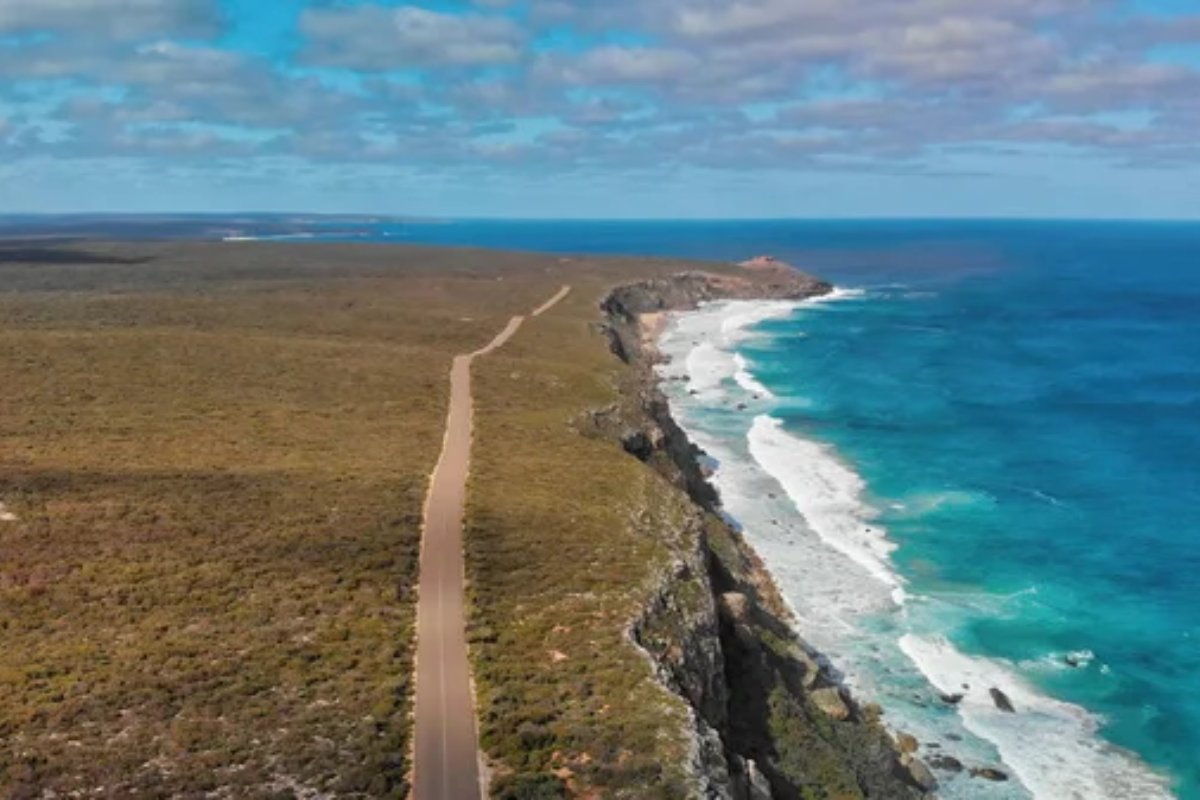
Kangaroo Island offers a wildlife sanctuary spanning 1,700 square miles off South Australia’s coast, often called ‘Australia’s Galapagos’ for its ecological significance. The island lost nearly half its forested areas in the devastating 2020 bushfires but has shown remarkable recovery, with new growth emerging among the charred landscapes.
Local guides know the best spots to witness sea lions lounging on pristine beaches, koalas dozing in eucalyptus trees, and the island’s namesake kangaroos grazing at sunset.
Tiwi Islands

The Tiwi Islands, located 50 miles north of Darwin in the Timor Sea, comprise Melville and Bathurst. These islands are home to the Tiwi, who maintain one of Australia’s most intact Aboriginal cultures with distinctive art, craft, and ceremonial traditions.
Visitors need permits arranged through authorized tour operators. The islands operate under Aboriginal land rights and carefully control tourism to preserve their unique cultural heritage.
Like Travel Pug’s content? Follow us on MSN.
Maria Island
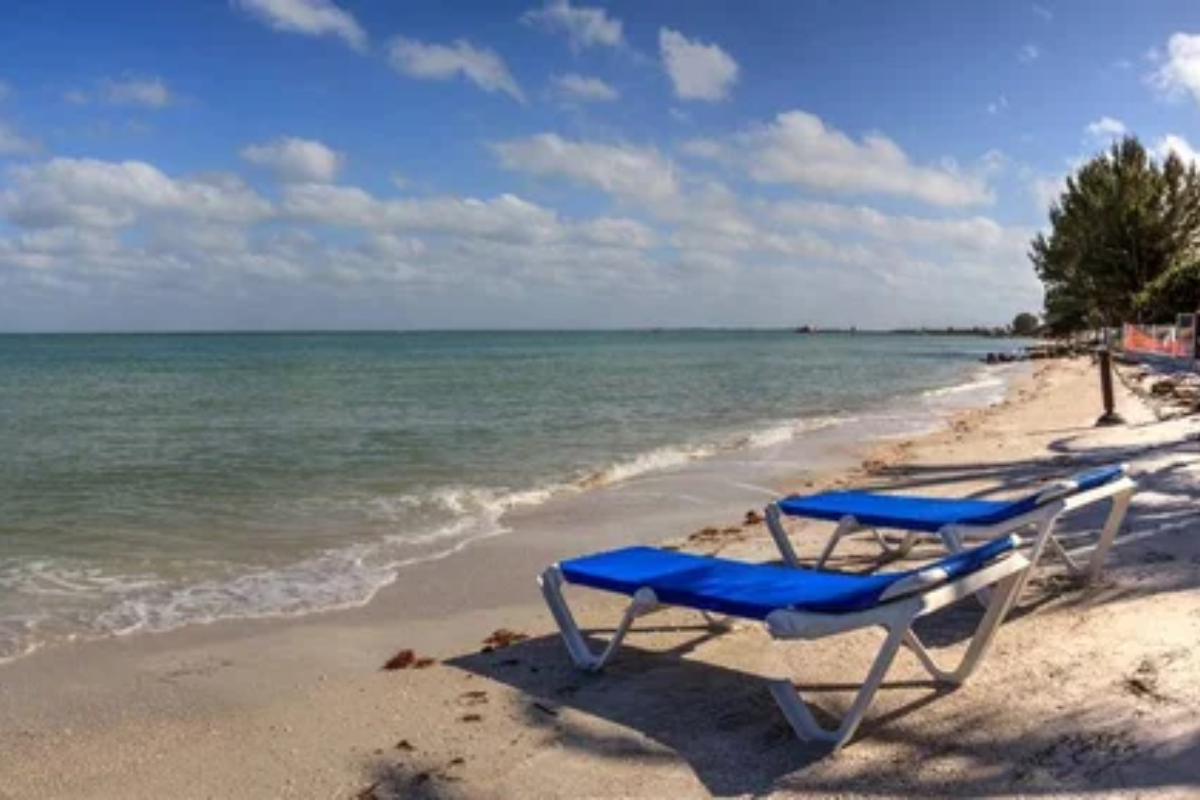
Maria Island off Tasmania’s east coast has no permanent human residents, no cars, no shops—and no development beyond a few historic buildings from its convict-era past. Wombats and kangaroos wander freely through abandoned penitentiary buildings, creating surreal photo opportunities for the few visitors who make the ferry journey.
The island serves as a natural ark for endangered species, including Tasmanian devils, which were introduced as part of a conservation program to establish disease-free populations.
Fitzroy Island
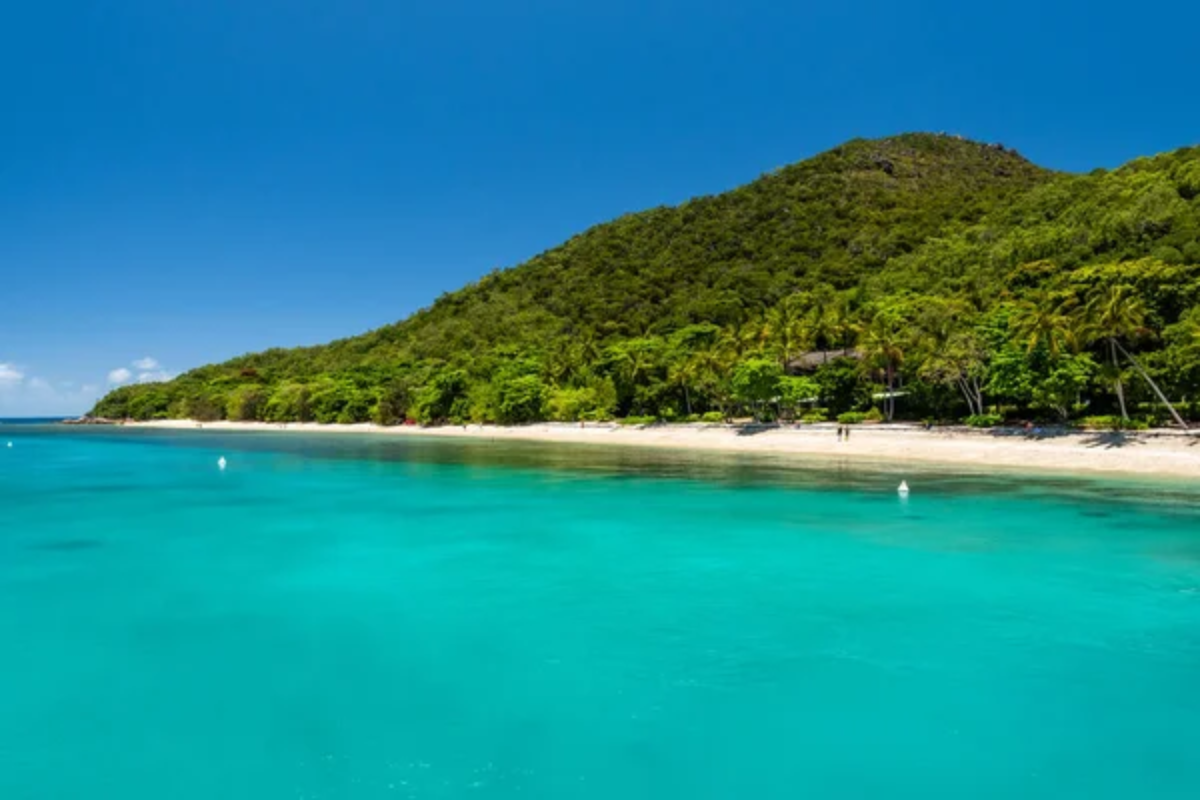
Fitzroy Island sits 45 minutes by boat from Cairns but remains overshadowed by the more heavily marketed Green Island and resort destinations. The island consists of a 97% protected national park, with pristine rainforest walking trails leading to secluded beaches and lookout points.
Locals from mainland Queensland consider this their weekend escape, particularly for snorkeling at Nudey Beach (which, despite its name, requires swimwear).
Whitsunday Island
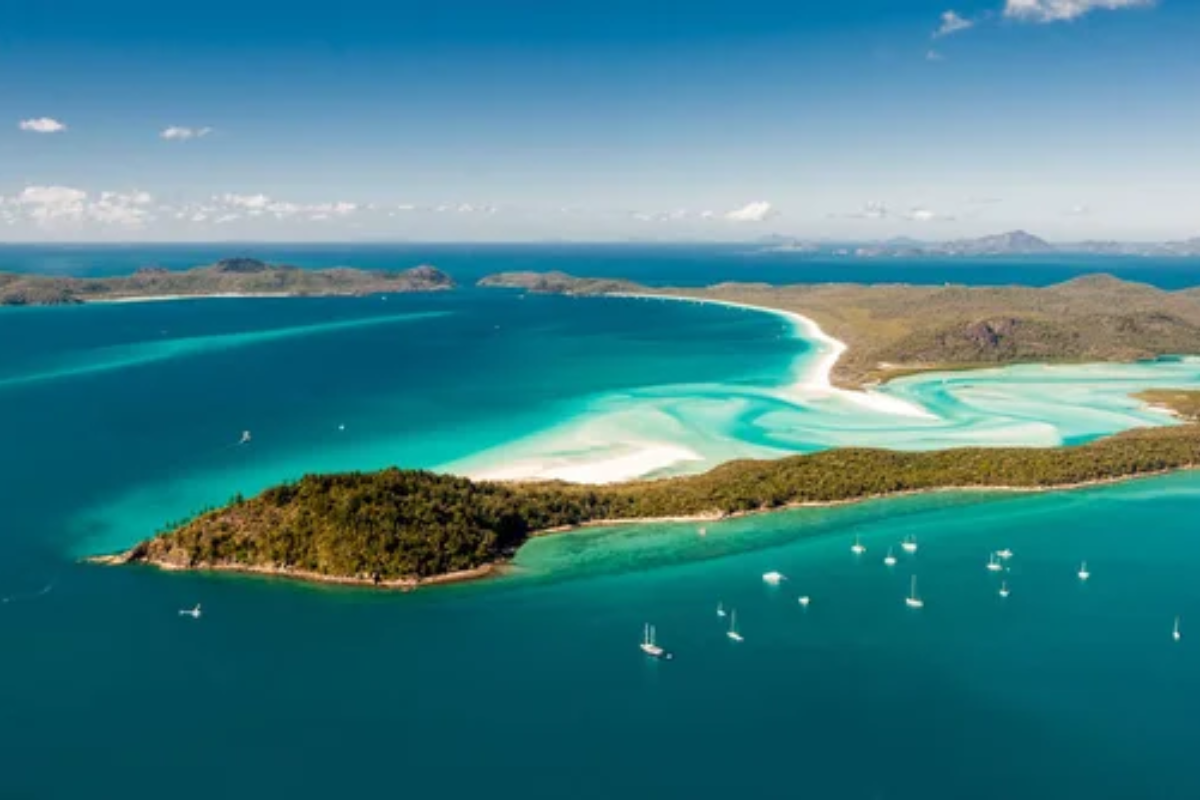
While the Whitsunday group is well-known, many tourists visit only the resort islands, missing the largest and most pristine island in the archipelago. Whitsunday Island houses the famous Whitehaven Beach, with its swirling silica sands, consistently ranked among the world’s best beaches.
Beyond the day-trippers who visit one small section, locals know hidden coves and camping spots accessible only by private boat or guided overnight tours.
Like Travel Pug’s content? Follow us on MSN.
Dirk Hartog Island
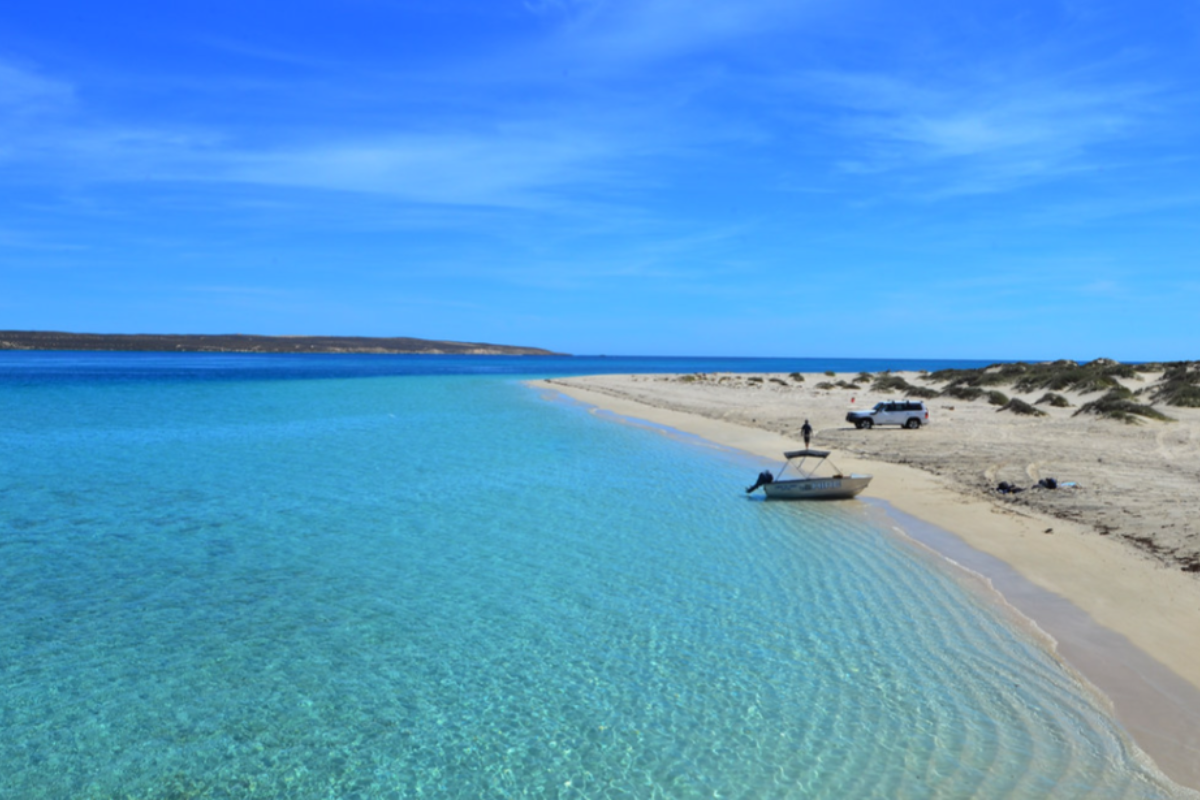
Dirk Hartog Island, located at Western Australia’s westernmost point, marks where Europeans landed on Australian soil in 1616. The island has undergone Australia’s largest restoration project, removing introduced species to return the ecosystem to its pre-European state.
Accessing this remote wilderness requires serious four-wheel driving skills and advanced planning, keeping visitor numbers extremely low despite its historical significance.
Haggerstone Island
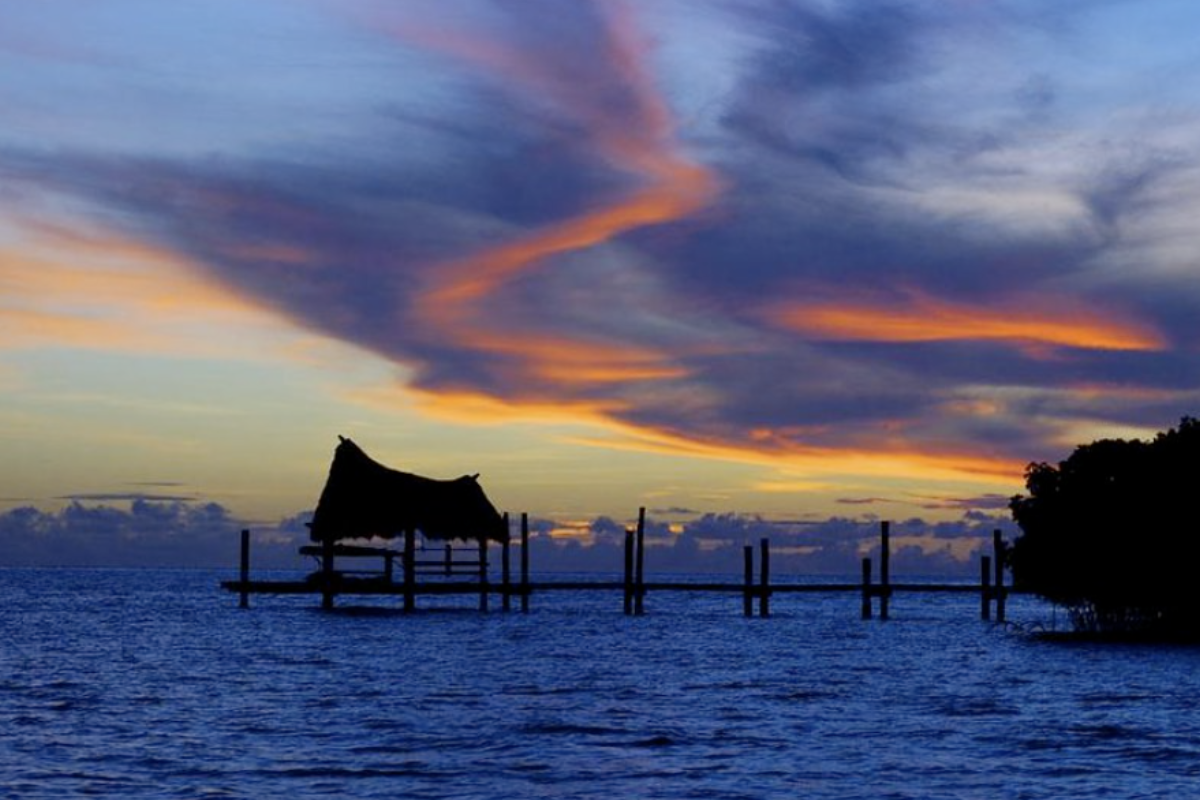
Haggerstone Island sits in the far northern Great Barrier Reef, accessible only by charter flight and accommodating 12 guests at its hand-built resort. The island belongs to the Turner family, who arrived in the 1980s and built their home using timber salvaged from shipwrecks and materials harvested from the land.
Guests experience fishing expeditions where dinner is caught just hours before being served in oceanfront pavilions built from driftwood and palm fronds.
Cocos (Keeling) Islands

The Cocos (Keeling) Islands technically belong to Australia but lie closer to Indonesia. They comprise 27 coral islands forming two atolls in the Indian Ocean. These islands maintain a unique blend of Australian administration and Cocos Malay culture, creating a distinctive community unlike anywhere else in Australia.
Locals navigate between islands by small boats, while visitors discover empty beaches where they can snorkel pristine reefs without seeing another person all day.
Like Travel Pug’s content? Follow us on MSN.
Phillip Island
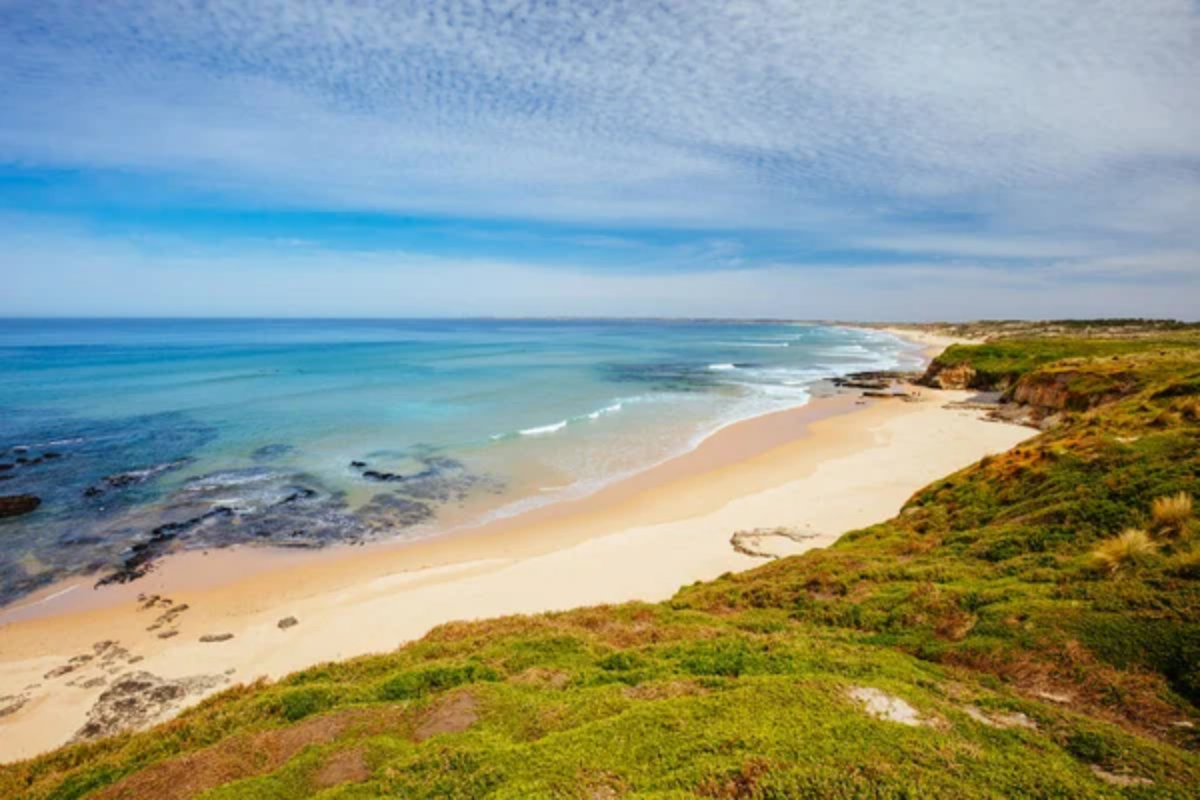
Most visitors to Phillip Island come for the famous penguin parade, missing the island’s less-marketed attractions away from the main tourist spots. The island’s rugged southern coastline features dramatic rock formations, powerful surf breaks, and secluded beaches known primarily to locals.
Wildlife enthusiasts who venture beyond tourist hotspots might spot the island’s disease-free koala population or rare seabirds nesting along isolated clifftops.
Gabo Island
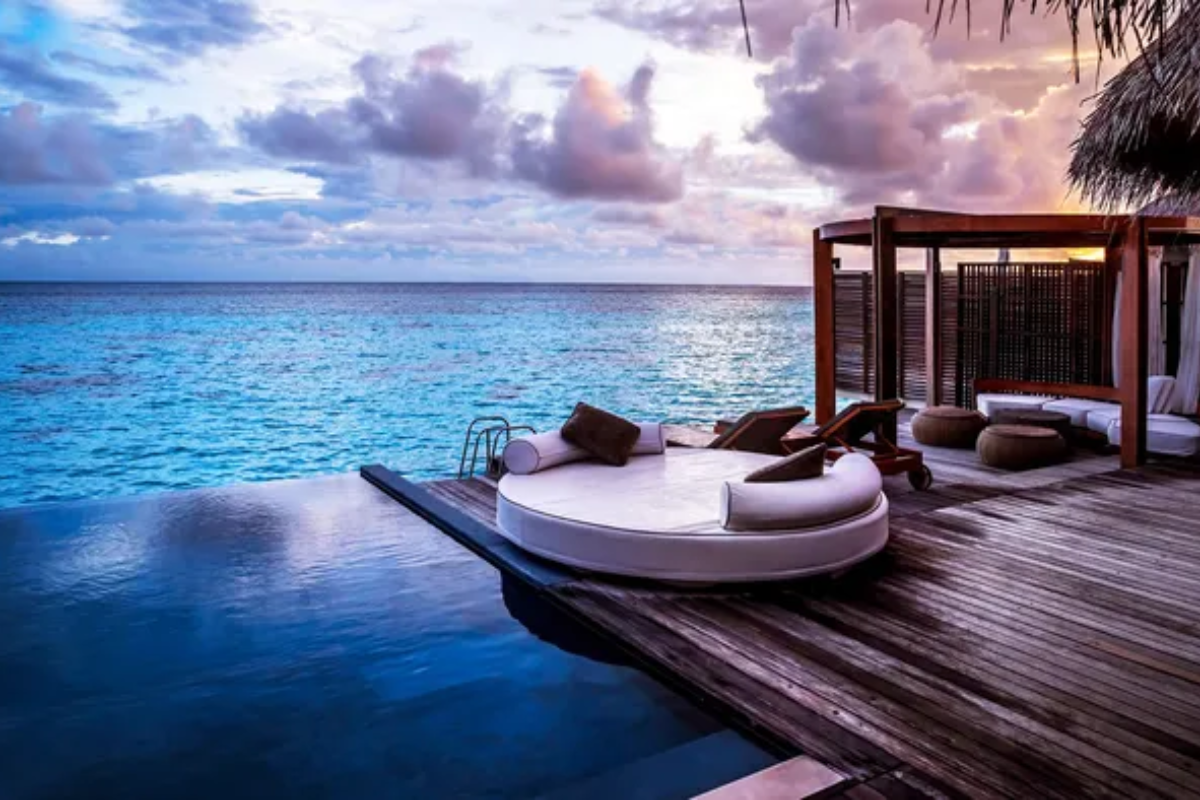
Gabo Island is located just off Australia’s southeastern corner. It is dominated by a distinctive pink granite lighthouse that has guided ships since 1862. The island’s lighthouse keeper’s cottage accommodates just six guests, making it one of Australia’s most exclusive island experiences for those seeking total seclusion.
Fur seals lounge on rocky outcrops surrounding the island, while a colony of little penguins—one of the largest in the world—returns each evening without the viewing platforms or crowds found at more accessible sites.
Raymond Island
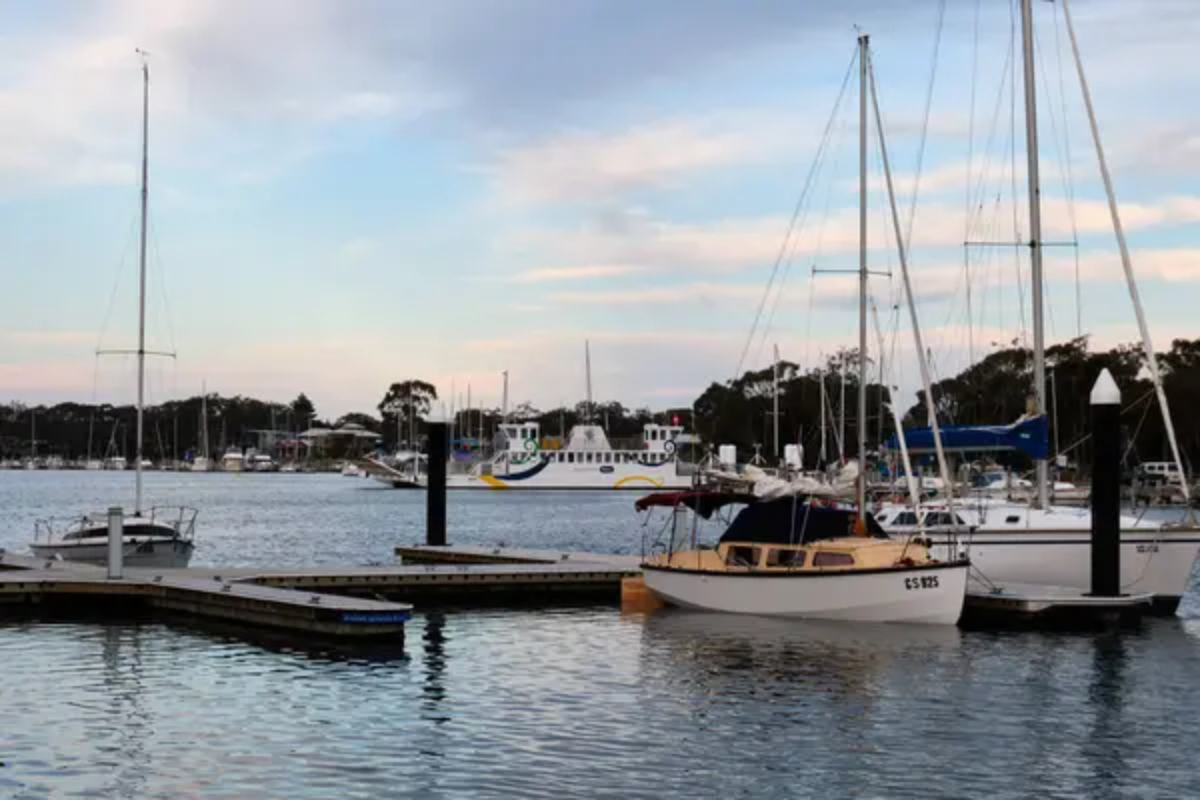
Raymond Island is part of the Gippsland Lakes system. It is accessible by a five-minute ferry that locals use free of charge. The island has become an unofficial koala sanctuary, with hundreds of the marsupials introduced in the 1950s thriving in the eucalyptus forests.
Residents travel primarily by golf cart along quiet roads, creating a quirky community atmosphere that feels removed from mainland concerns.
Like Travel Pug’s content? Follow us on MSN.
Dunk Island
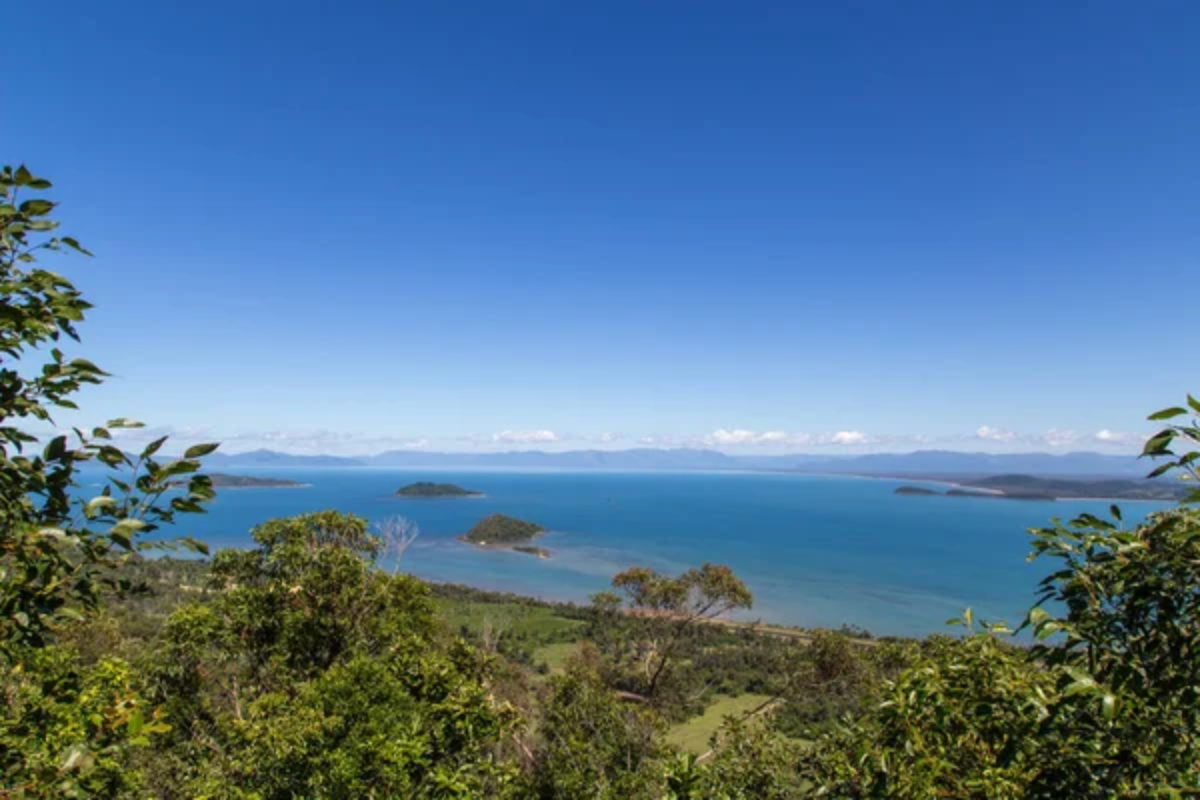
Dunk Island was once home to a popular resort that was destroyed by Cyclone Yasi in 2011. While rebuilding plans continue, nature has reclaimed much of the island. The island sits within the Great Barrier Reef Marine Park, featuring rainforest walking trails that lead to secluded beaches and viewpoints.
Locals from nearby Mission Beach make day trips by water taxi, enjoying the island’s temporary return to a more natural state.
Bremer Island
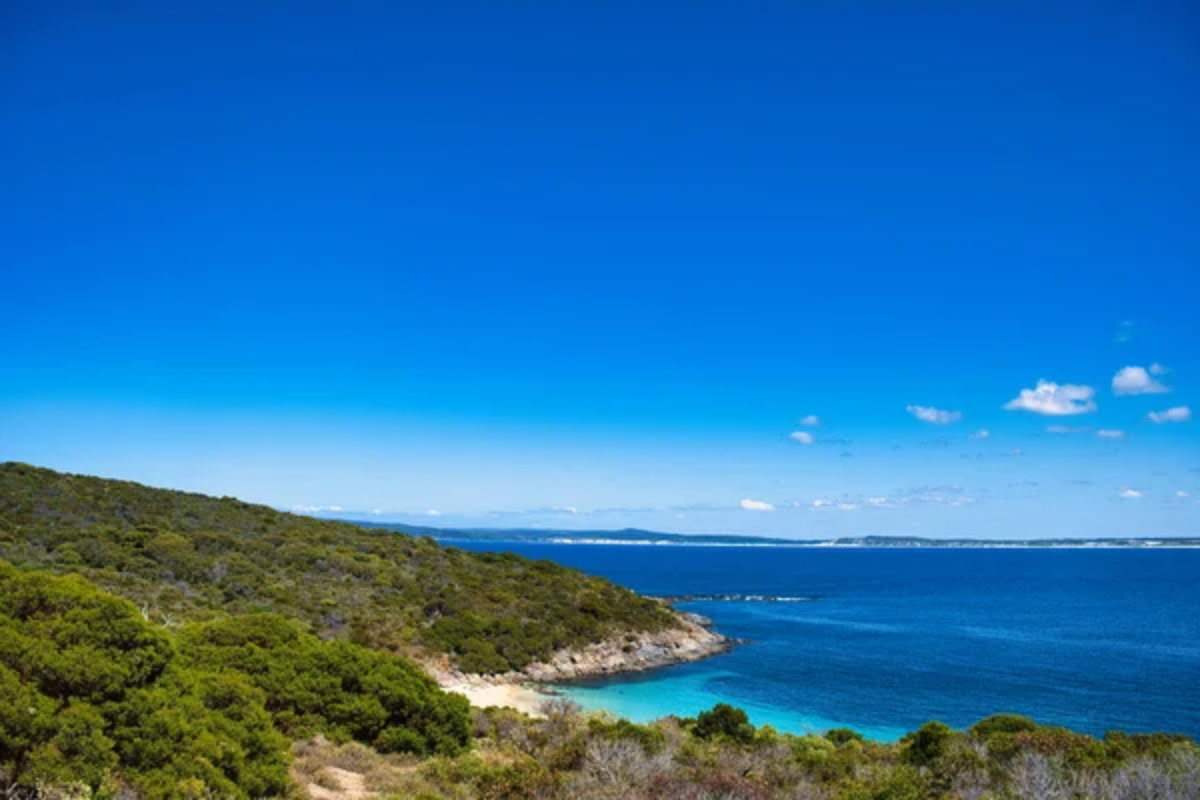
Bremer Island lies off Arnhem Land in Australia’s Northern Territory, offering one of the few opportunities for visitors to experience this highly protected Aboriginal region. The island’s Banubanu Beach Retreat operates with permission from and in partnership with the local Yolŋu people, the traditional custodians.
Visitors experience cultural interactions that go far beyond tourist presentations, with genuine sharing of knowledge about sustainable fishing practices and bush medicine.
Norfolk Island
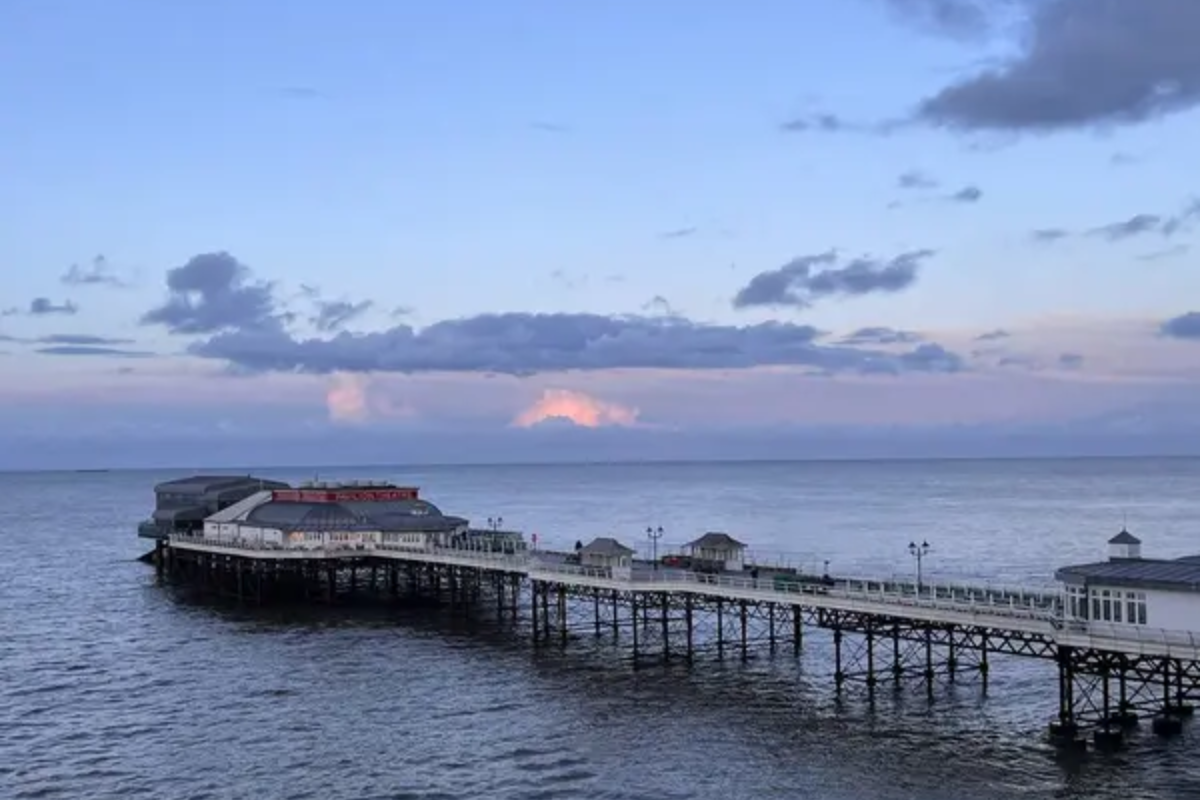
Norfolk Island exists in a category of its own, located 877 miles east of the Australian mainland with a distinct culture blending Polynesian heritage and descendants of Bounty mutineers. The island operates with significant autonomy despite being an Australian external territory, maintaining its language (Norfuk) and customs.
Local families can trace their ancestry through detailed records of the original settlers from Pitcairn Island who arrived in 1856.
Like Travel Pug’s content? Follow us on MSN.
Montague Island
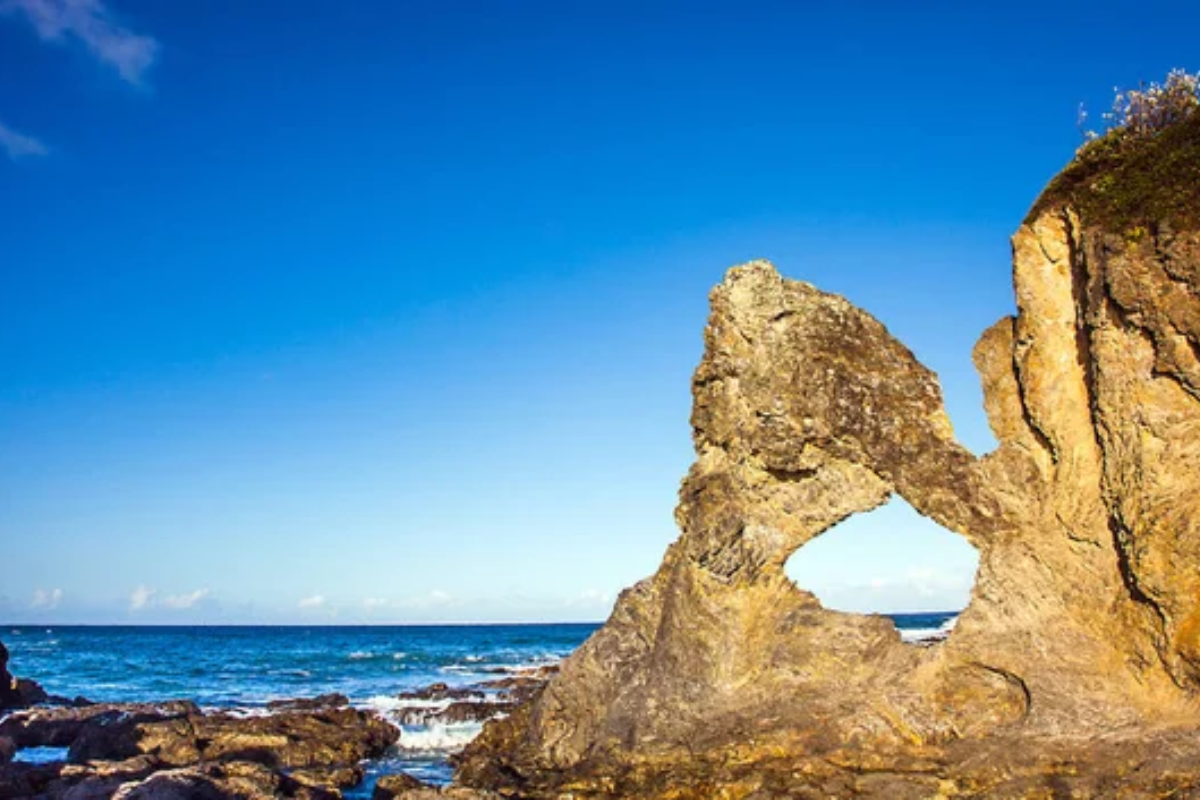
Montague Island is 5 miles offshore from Narooma on the New South Wales South Coast. It is an important breeding ground for little penguins and over 90 bird species. The island’s historic lighthouse keeper’s quarters have been converted to sustainable accommodation, and profits support conservation efforts.
Marine life surrounding the island includes playful fur seals and seasonal visitors like whales, dolphins, and sea turtles, making it a hidden gem for wildlife enthusiasts.
French Island
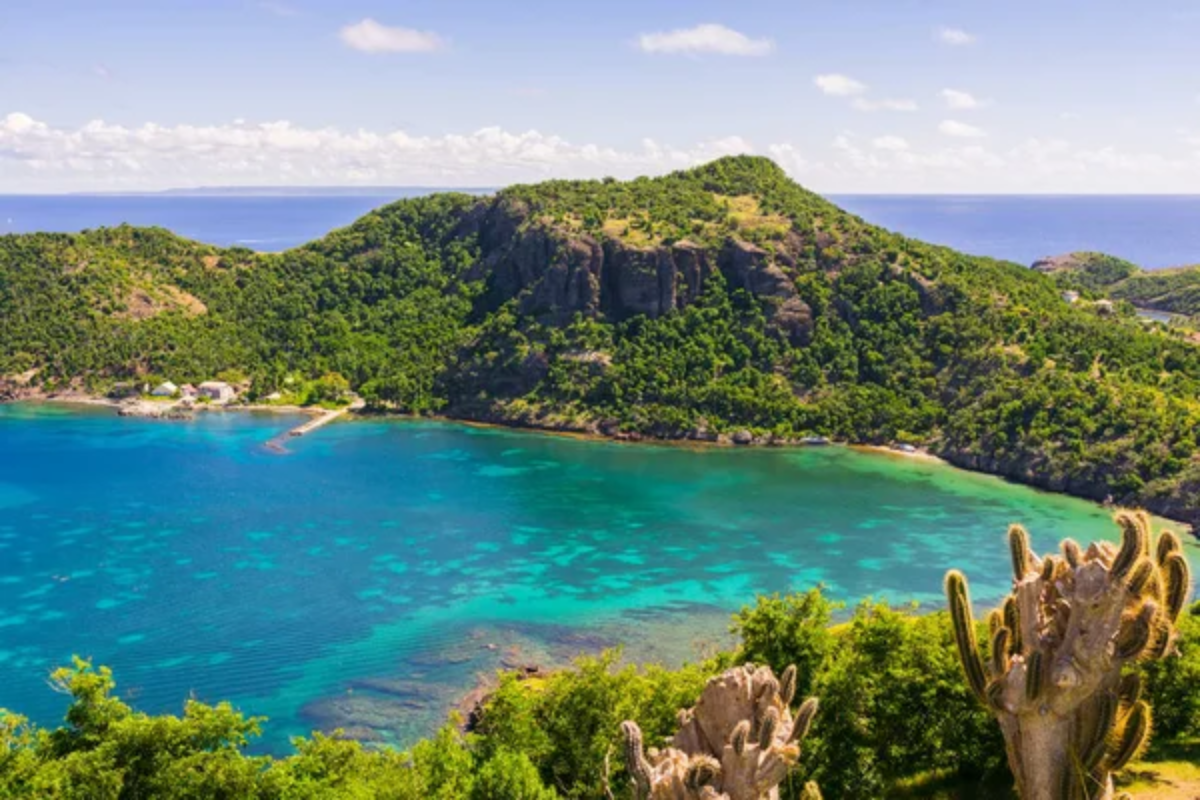
French Island is located in Western Port Bay near Melbourne but feels remarkably remote. Its approximately 100 permanent residents do not have mains electricity, water, or a police presence. The island has never had an established fox or rabbit population, creating a unique ecosystem where native species thrive without these commonly introduced threats.
Nearly two-thirds of the island forms a national park, protecting one of Victoria’s most important koala populations, which lives disease-free in an ideal habitat.
Flinders Island
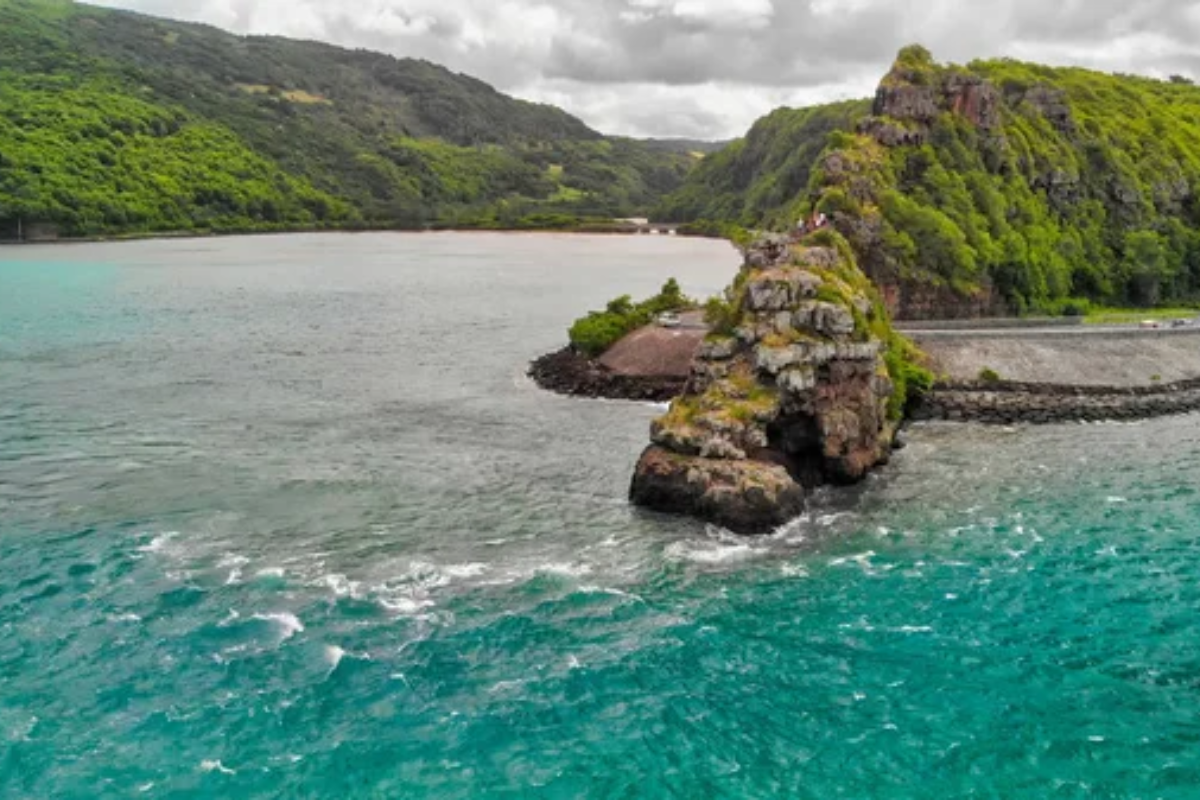
Flinders Island represents the largest of Tasmania’s Furneaux Group, sitting in Bass Strait with a landscape of rugged granite mountains emerging from white sandy beaches. The island’s small population of about 900 maintains a close-knit community where visiting feels like stepping back to a simpler time.
Locals harvest abundant seafood, including southern rock lobster and abalone, from waters surrounding the island, often sharing their catch with appreciative visitors.
Like Travel Pug’s content? Follow us on MSN.
Hidden Island Treasures
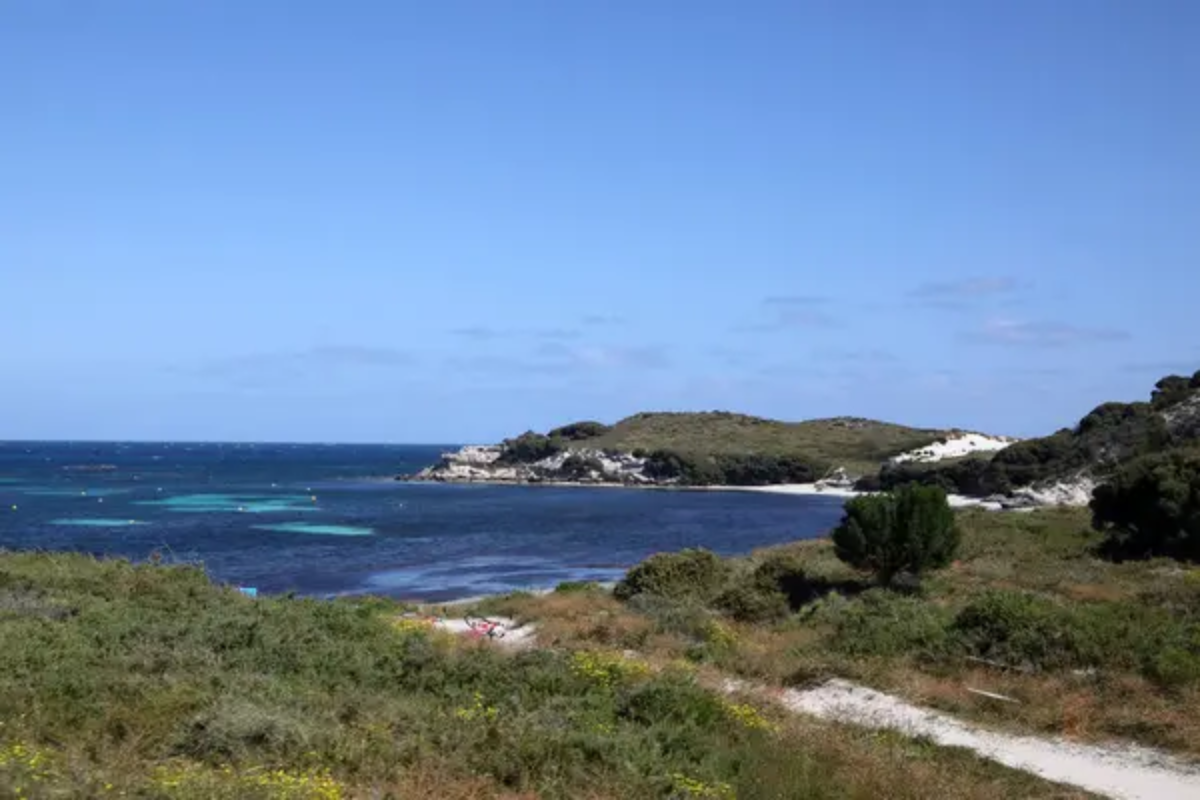
Australia’s secret islands offer experiences that can’t be replicated at mainstream tourist destinations, where authentic interactions replace scripted tours. These islands preserve ecosystems and cultures that would be threatened by mass tourism, justifying the difficulty in accessing them.
For travelers willing to plan carefully, respect local guidelines, and sometimes endure challenging journeys, these secluded paradises provide memories that last far longer than visits to more accessible destinations.
More from Travel Pug

- 20 Mind-Blowing Things You Probably Didn’t Know You Could Do in the U.S.
- The Best Cruise Ship Experiences for U.S. Citizens
- The Best U.S Travel Destinations for Golf Lovers
- The 25 Most Dangerous Cities in the World (Exercise Caution if Travelling There)
- The Best Fall Foliage Spots in New England (Must-See Places)
Like Travel Pug’s content? Follow us on MSN.
